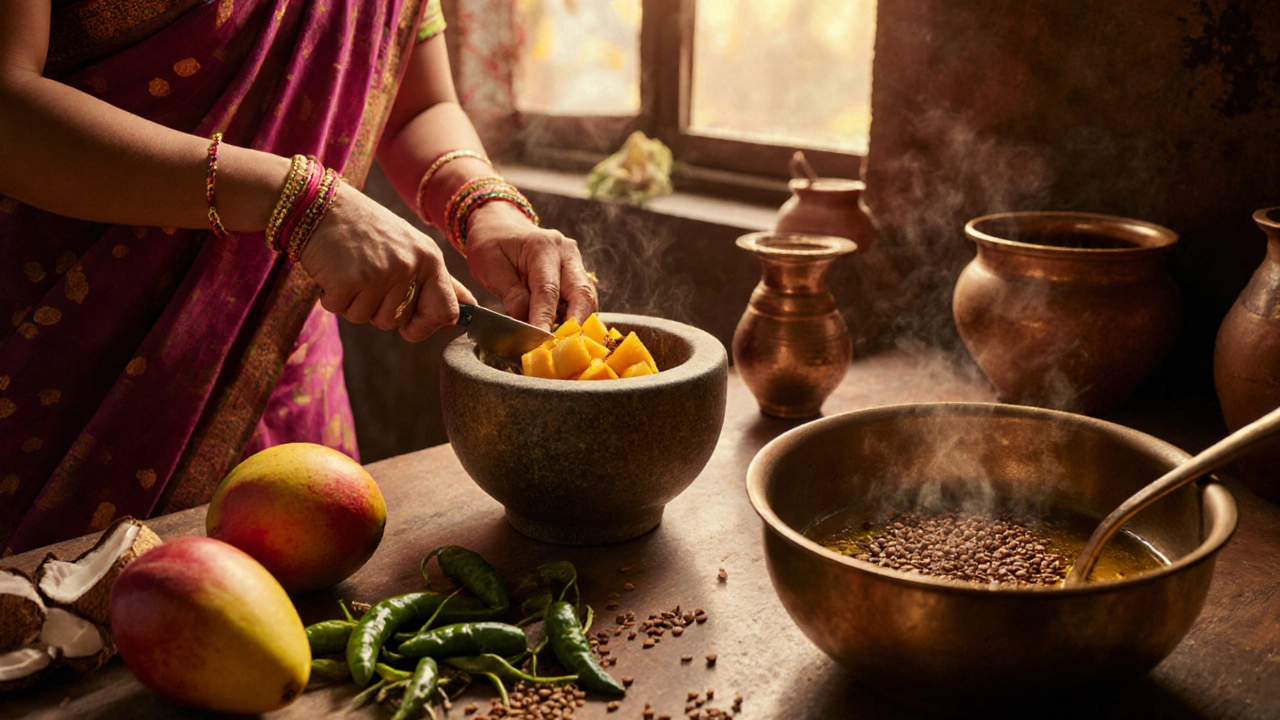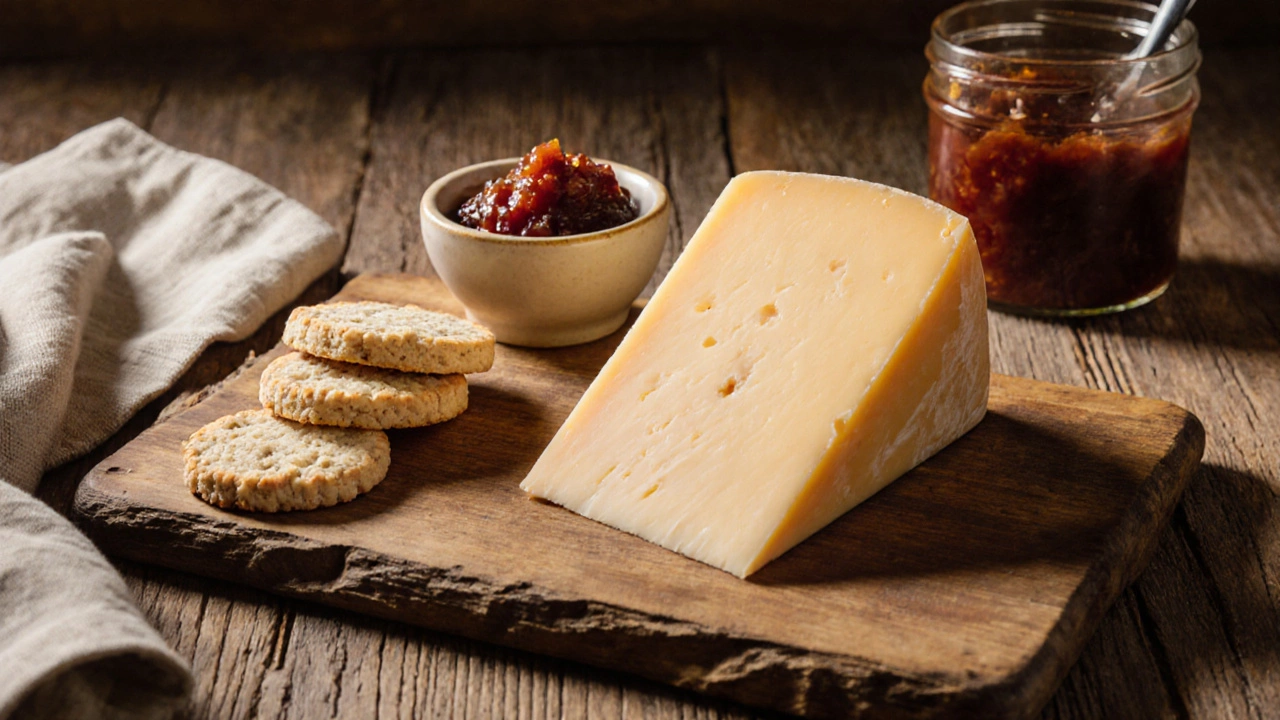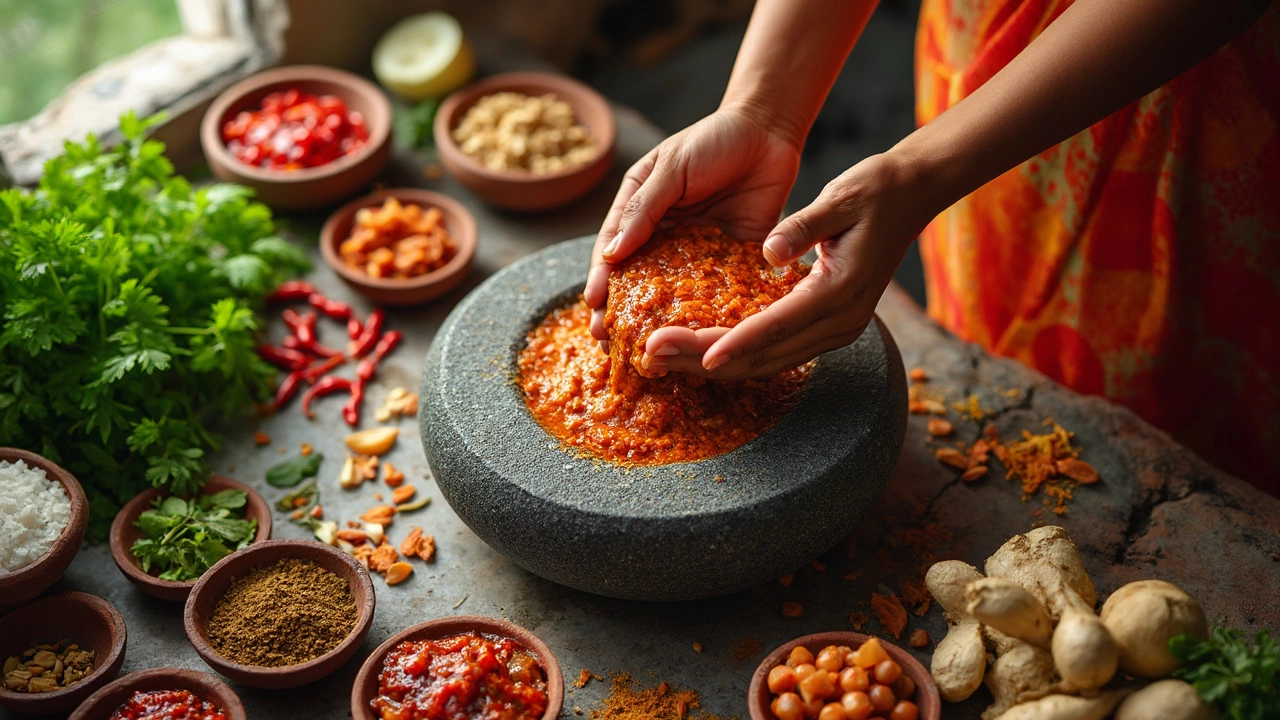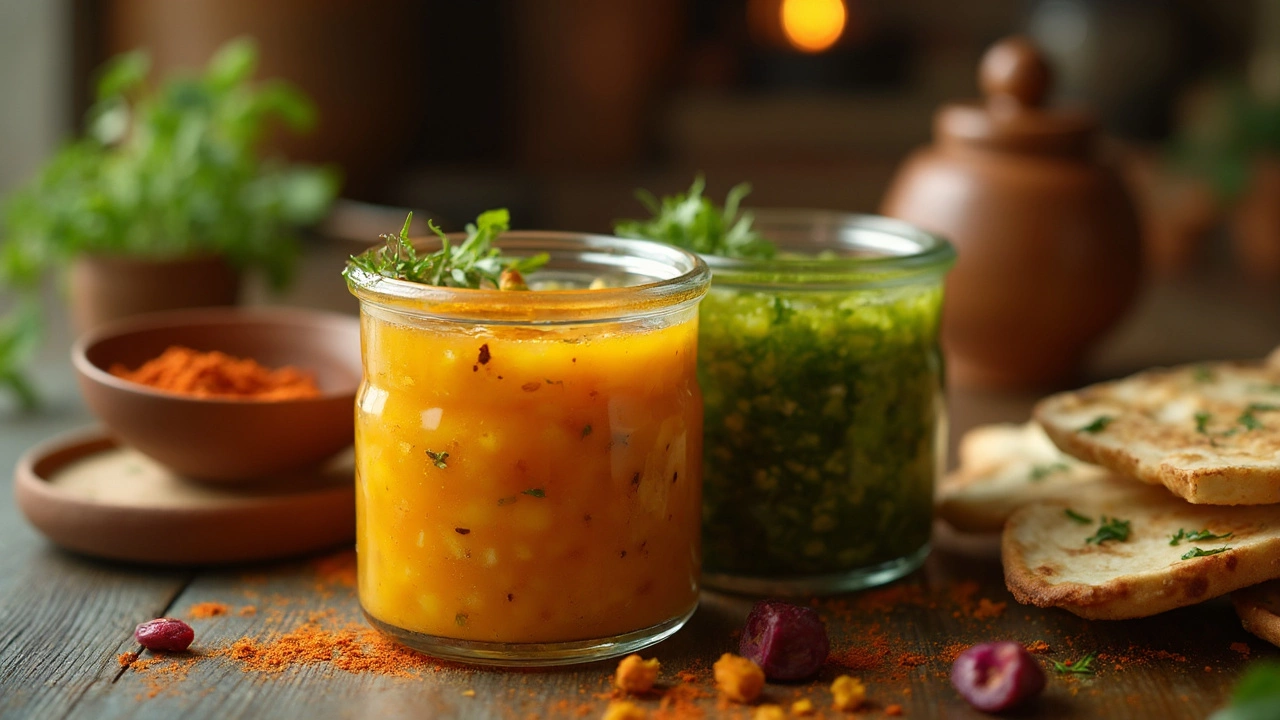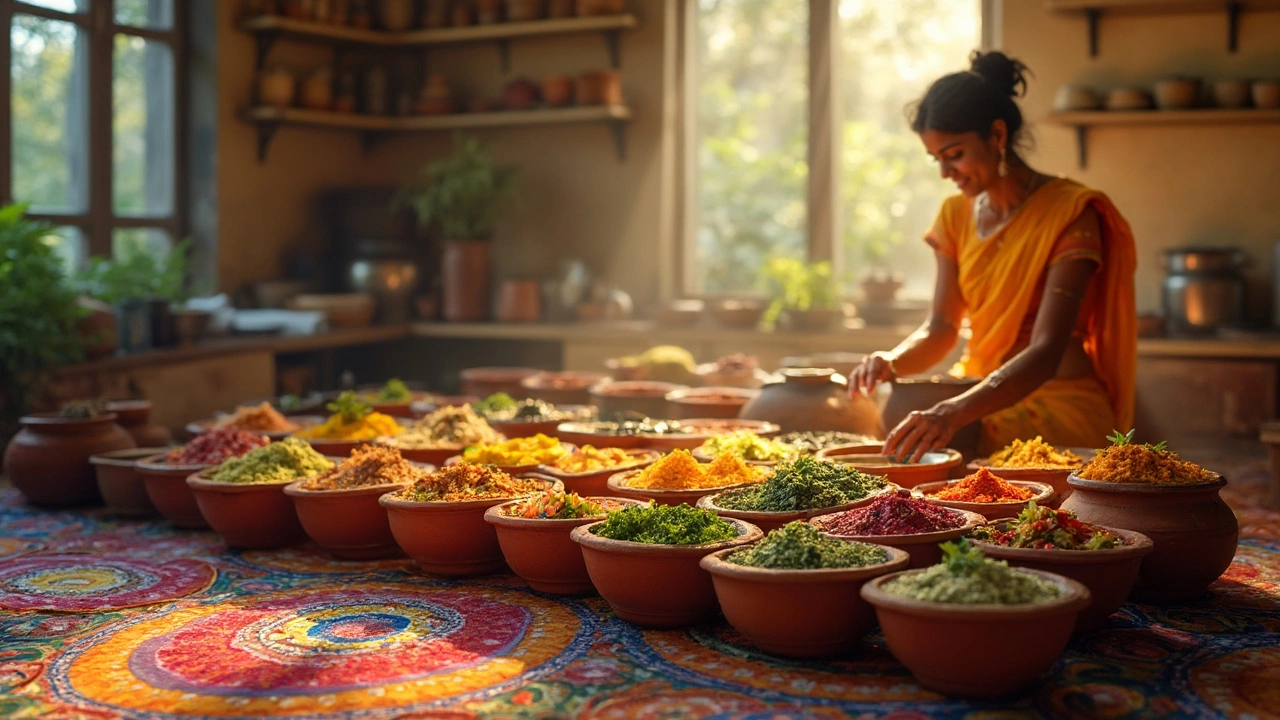Chutney Recipes: Authentic South Indian Condiments Made Simple
Chutney, a bold, tangy, or spicy condiment central to South Indian meals. Also known as chatni, it’s not just a side—it’s the flavor booster that turns plain rice, dosa, or idli into something unforgettable. In Mysore, chutney isn’t an afterthought. It’s the soul of the meal. You’ll find it served with every breakfast, snack, and even dinner. The most common types? Coconut, mint, and tamarind. Each has its own rhythm: coconut chutney is creamy and mild, mint chutney is fresh and sharp, and tamarind chutney is sweet with a punch of sour. These aren’t store-bought sauces. They’re made fresh daily, often in under five minutes, with just a handful of ingredients you already have in your kitchen.
Coconut chutney, a staple in Mysore households, made from grated coconut, green chilies, and roasted urad dal. Also known as nariyal chutney, it’s the perfect partner for dosa and idli. Then there’s mint chutney, a vibrant green paste of fresh mint, cilantro, lemon, and ginger. It cuts through fried snacks like samosas and vadas like nothing else. And tamarind chutney, a sticky-sweet blend of tamarind pulp, jaggery, and spices. Also called imli chutney, it’s the sweet-tart star of chaat and street food. These three are the foundation. Everything else—onion chutney, tomato chutney, peanut chutney—builds from them.
What makes these recipes work isn’t fancy equipment or rare spices. It’s technique. Toasting urad dal before blending? That’s what gives coconut chutney its depth. Soaking tamarind in warm water first? That’s how you get smooth, rich pulp without grit. Blending mint with a splash of water, not oil? That keeps it bright, not muddy. These are the small things that turn good chutney into great chutney. And in the posts below, you’ll find exactly how to do it—step by step, with no guesswork. You’ll learn why some recipes call for roasted chilies, others for raw ones. Why some use jaggery, others sugar. Why the best coconut chutney is never refrigerated. You’ll also see how chutney pairs with real Indian meals—not just dosa, but upma, poha, even rice and dal. No fluff. Just clear, tested methods that work in any kitchen, anywhere.
Is Salsa a Chutney? The Real Difference Between Two Popular Condiments
Salsa and chutney look similar but come from different culinary worlds. Learn why they're not interchangeable and what makes each one unique in flavor, ingredients, and tradition.
learn moreHow to Eat British Chutney: Simple Ways to Enjoy It with Everyday Foods
Learn how to eat British chutney with cheese, sandwiches, meats, and breakfast foods. Simple, tasty ways to use this sweet-tangy condiment every day.
learn moreTraditional Chutney: What It's Made Of and How to Make It Right
Ever wondered what's actually in traditional chutney? This article breaks down its core ingredients, how different variations pop up region by region, and the tricks that give chutney its punch. You’ll learn what goes into a basic chutney, what ingredients to skip or substitute, and simple hacks to boost flavor. From tangy tamarind to the right amount of chili, find out which combos make chutney classic. If you love experimenting in the kitchen or just need to know what’s in your jar, this one’s for you.
learn moreChutney vs Relish: What's the Difference and Why Does It Matter?
Ever wondered if chutney and relish are the same thing? They might end up next to each other on a cheeseboard, but the differences go deeper than just a label. This article breaks down what makes chutney different from relish, from ingredients and textures to how they’re used. Expect some fun facts, real-life tips, and ideas on when to grab one over the other. You’ll even learn how these tasty condiments can switch up your kitchen game.
learn moreThickening Agent for Chutney: What Works Best and Why It Matters
Ever struggled with runny chutney that just won’t set? This article breaks down the thickening agents that actually work for chutney, explaining how each one changes the texture and flavor. Expect tips on natural thickeners, troubleshooting watery chutney, and choosing options that match your ingredients. If home canning or presenting vibrant chutneys matters to you, these tricks will save your next batch. Plus, a few surprising facts you probably didn’t know about chutney consistency.
learn moreWhat's the Closest Thing to Chutney?
Exploring alternatives to chutney can open up a world of flavors in your kitchen. From spicy relishes to tangy pestos, there are plenty of options to spruce up your meals when chutney is out of reach. Discover these tasty substitutes that match chutney's unique balance of sweet, sour, and savory. Whether you're cooking up a curry or need a dipping sauce, these ideas offer a creative twist to your dishes.
learn moreChutney Disadvantages: What to Watch Out For
Chutney adds a zing to our meals, but it's not all sunshine and spice. While it can enhance flavors, it's essential to be aware of its downsides. From the hidden sugar to potential allergic reactions, chutney might not be as innocent as it looks. Discover these pitfalls and some handy tips so you can enjoy your favorite chutney without a hitch.
learn moreWhy Chutney is Called Chutney
Ever wonder why that zesty sauce on your plate is called chutney? Dive into the origins of this delicious condiment that's spicing up our meals. Discover its history, how it traveled across cultures, and even some tips for making your own at home. Find out how chutney got its name and became a kitchen staple. Perfect for anyone curious about the roots of their favorite flavors.
learn moreChutney: The Perfect Pair for Your Favorite Dishes
Explore the versatile world of chutney and discover new ways to enhance your meals with this tangy and flavorful condiment. Whether paired with classic dishes or unconventional snacks, chutney can transform your culinary experience. This article dives into tasty recipe ideas and practical tips to help you make the most of chutney in your kitchen.
learn moreDiscover the Charm of British Chutney: A Tangy Tradition
Explore the flavorful world of British chutney, a centuries-old tradition that mingles sweet, tangy, and spicy flavors into a delightful condiment. From its historical journey starting with apple chutney to modern interpretations like mango or tomato blends, British chutney offers incredible versatility for any culinary occasion. Learn how to create, customize, and savor different varieties of this beloved condiment that adds a distinct and unforgettable taste to your meals. With handy tips and intriguing stories, dive into the art of chutney-making and enrich your cooking repertoire.
learn more